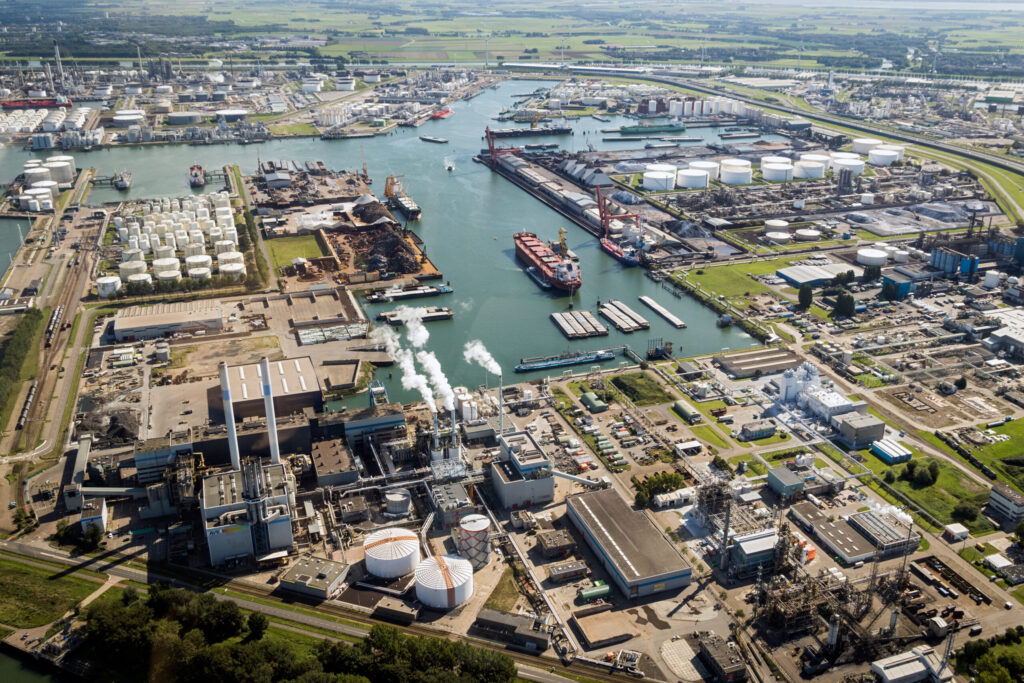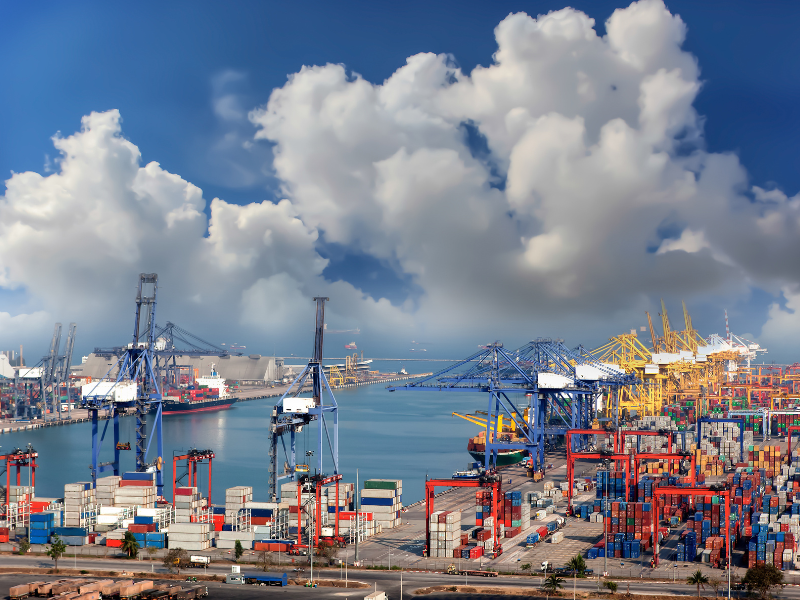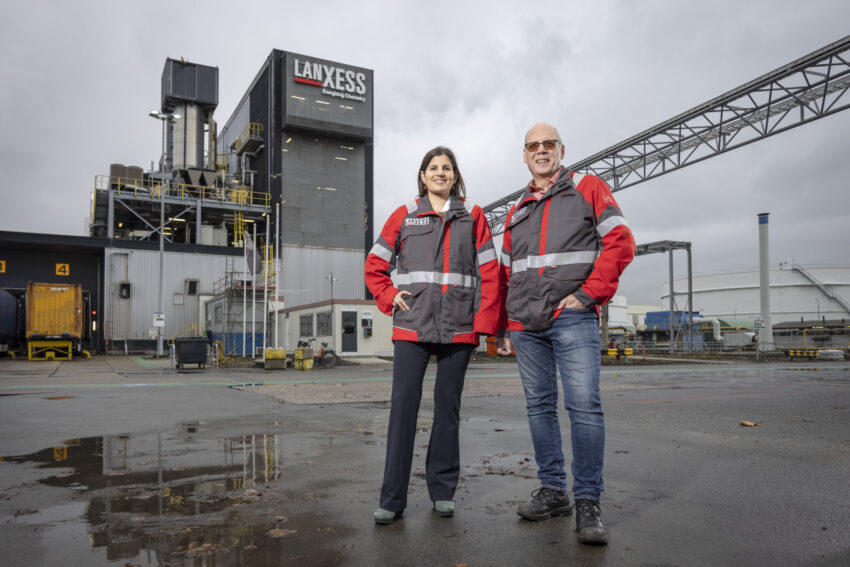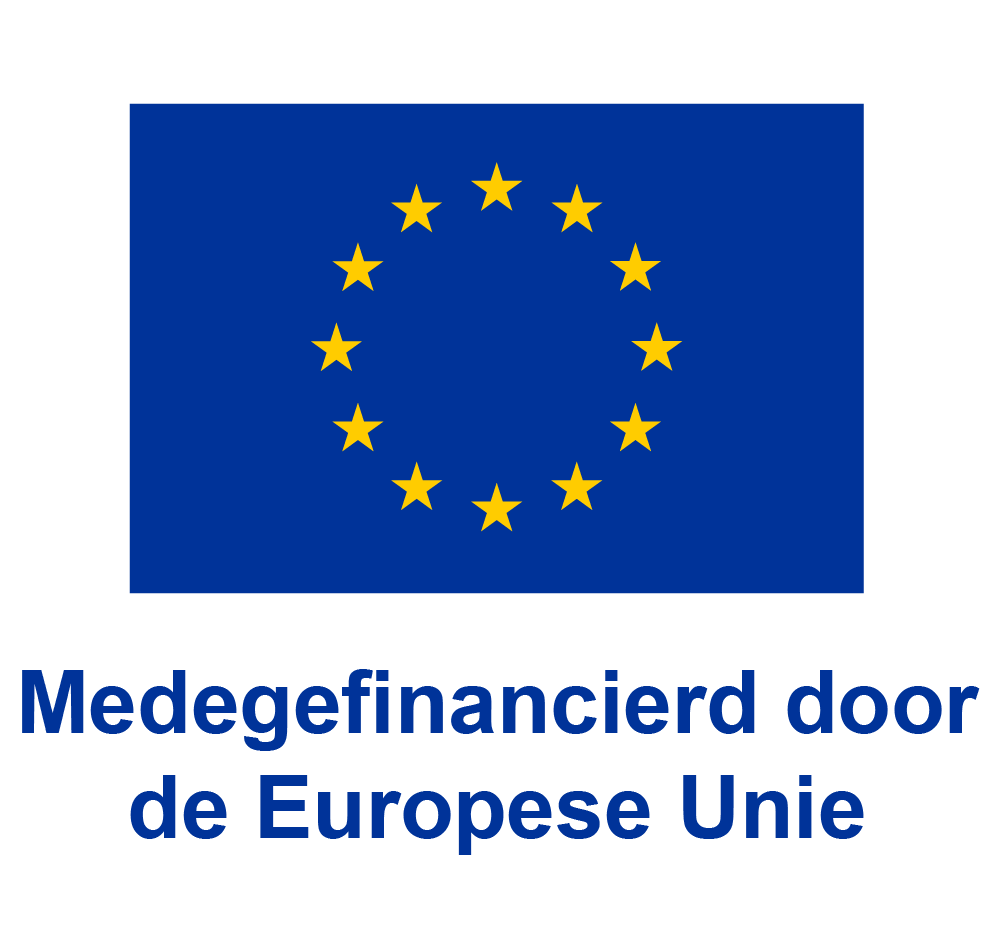Shyp & FLIE join forces: feasibility study membraneless electrolyzer
There is a large-scale need for green and blue hydrogen for the decarbonisation of the Port Industrial Complex (HIC) in Rotterdam. An electrolyzer is one of the promising technologies that can accelerate this process. The technology converts water into oxygen and hydrogen using electricity. A major disadvantage of many electrolyzers is that they have a membrane, which only works well with pure water. sHYp wants to investigate the feasibility of a membrane-less electrolyzer, which can use seawater without the need for desalination. Does your organisation also see opportunities in the huge potential of this innovation? If so, we would like to invite you to join!
In Europe, ships have not been allowed to discharge waste and/or ballast water into surface waters within the 200-mile zone since 2017. They must treat this water with an on-board installation or discharge it ashore at a discharge point. The cost of purchasing a ballast water installation can amount to €2 million. On top of that comes the cost of use (at least €0.08 cents per tonne). Discharging outside the 200-mile zone is possible, but not without risk. A ship discharging ballast water is more unstable and in bad weather it can capsize. Waiting for better weather means the ship is idle and cannot carry cargo. There is a great need for a new, efficient and affordable technology to purify waste and ballast water on board ships.
Promising innovation: treating wastewater with membrane-less electrolyzer
With the HYlite, sHYp aims to develop a system that can use seawater based on a membrane-less electrolyzer. This is made possible by a design with an innovative electrode configuration consisting of mesh flow-through electrodes coated only on one side. Gaseous H2 and O2 bubbles then form only on the outer surfaces of the electrodes. When those bubbles are large enough, their buoyancy causes them to detach from the electrode surface. They then float upwards to separate collection chambers.
A membrane-less electrolyzer can be used to treat as well as produce hydrogen.
The HYlite takes up relatively little space, which is convenient on board a ship.
It produces no residual streams (sludge) and the treated water is so clean that it can be discharged directly into surface water.
The technology is initially intended for use in ports and will later be developed for installation on ships.
Structure of the feasibility study
sHYp wants to work with the Fieldlab Industrial Electrification to investigate the technical and economic feasibility of a membrane-less electrolyzer. The project is a partnership with Columbia University's Solar Fuels Engineering Lab (SFEL). Following the study, the following objectives should be achieved:
- Development of mid-scale prototype (1kW)
- Report containing study results on technical, economic and legal feasibility
- Plan of action for further development (pilot-scale prototype)
Next steps
The developed technology is at the 4th-5th TRL stage. The next step is to develop a mid-scale prototype with which to test its efficiency. For this, a subsidy has been applied for through the Energy & Climate Programme in cooperation with the FLIE. After that, a pilot-scale prototype (trl 7) of about 5 - 10KW.
Who is interested?
- The membrane-less electrolyzer is of particular interest for ports and offshore wind turbines. The aim is to create a modular design.
- HYlite can also be used in energy-intensive industry. Here, too, wastewater streams often need to be purified. Generated hydrogen can be directly used again in the production process.
- In addition, the system is interesting in places where renewable energy is generated and seawater is nearby. For example, the production of hydrogen from energy generated by not only offshore wind turbines, but also energy supply on oil rigs.

About FLIE
FLIE is a joint initiative of Deltalinqs, FME, Port of Rotterdam, InnovationQuarter and TNO and is closely supported by the Province of South Holland, the Municipality of Rotterdam and the ERDF grant.
Does your organisation have sustainability ambitions and would you like to explore the possibilities of electrification? Or do you provide an electrification solution and would you like to get in touch with end users and other important stakeholders? Then contact us. We will be happy to help you!



